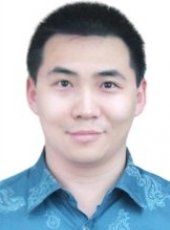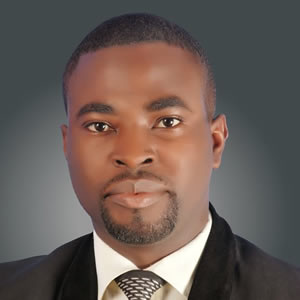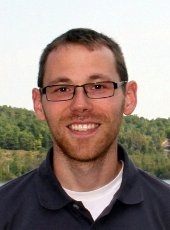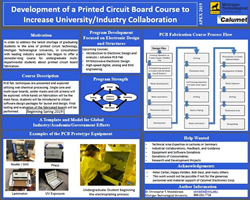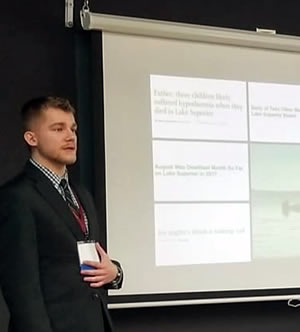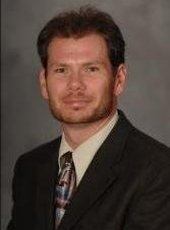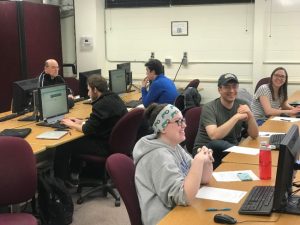
Timothy Havens (CC/ICC) was General Co-Chair of the 2019 IEEE International Conference on Fuzzy Systems in New Orleans, LA, June 23 to 26. At the conference, Havens presented his paper, “Machine Learning of Choquet Integral Regression with Respect to a Bounded Capacity (or Non-monotonic Fuzzy Measure),” and served on the panel, “Publishing in IEEE Transactions on Fuzzy Systems.” Three additional papers authored by Havens were published in the conference’s proceedings: “Transfer Learning for the Choquet Integral,” “The Choquet Integral Neuron, Its PyTorch Implementation and Application to Decision Fusion,” and “Measuring Similarity Between Discontinuous Intervals – Challenges and Solutions.”
